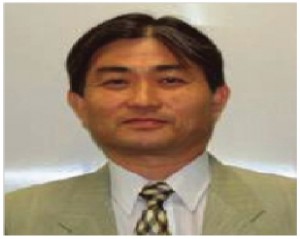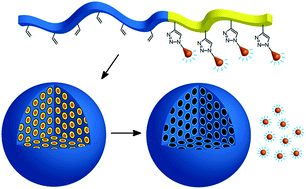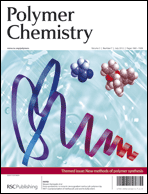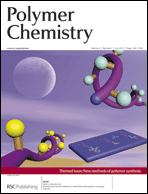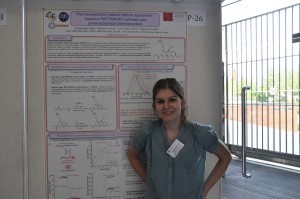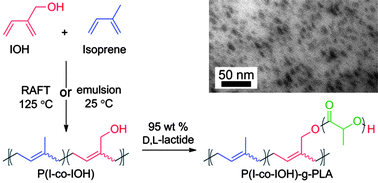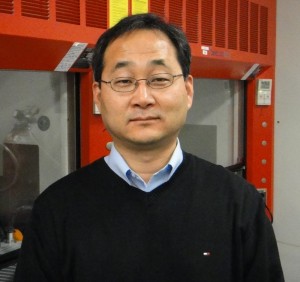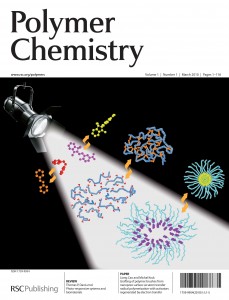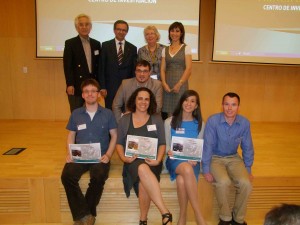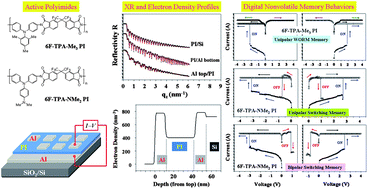Prof. Mitsuru Ueda received his PhD degree from the Tokyo Institute of Technology in 1978. He joined Yamagata University in 1972 and was promoted to professor in 1989. He moved to the Tokyo Institute of Technology in 1999. He worked at the University of Alabama as a postdoctoral researcher from 1978 to 1979 and at IBM Almaden Research Center as a visiting researcher from 1985 to 1986. He has published more that 570 peer reviewed research papers. His current research interests are the development of new synthetic methods for condensation polymers, high refractive index polymers, polymer memory, polymer solar cells, fuel cell membranes, photosensitive materials for microelectronics, and new advanced resist materials.
What was your inspiration in becoming a chemist?
When I was a high school student, I was interested in chemistry through chemical experiments and felt that chemistry produces sometimes fantastic materials. My chemistry teacher at high school also recommended me to enter a department of applied chemistry at the university. I was very lucky to meet several excellent professors who introduced me a scientific fan of polymer chemistry and also the promise of polymers as future materials.
What was the motivation to write this article? DOI:10.1039/C2PY20093G
I have engaged in development of thermally stable and photosensitive polymers, specially, photosensitive polyimides (PSPIs) for last twenty years. However, no one knows the morphology of poly(amic acid) (PAA) films for PSPIs and few studies on the formation of spherical nanoparticles have been reported up to now. Most researchers including me believed that PAA films were homogeneous. During the course of the investigation, my student found spherical nanoparticles were formed during preparation of the PAA films for PSPIs. Being interested in taking SEM, he took the SEM of a spin-cast film of PAAs. Thus, these findings prompted us to investigate the spherical particle formation of PAAs during the film preparation. This observation is very important for developing photosensitive polyimides, providing deeper insight for a development process using organic solvents or aqueous base solutions.
Why did you choose Polymer Chemistry to publish your work?
Polymer Chemistry is an excellent journal which publishes high quality manuscripts in polymer science. Moreover, Dr. Liz Davis as the Managing Editor invited me to submit our article to this journal.
In which upcoming conferences may our readers meet you?
I am going to attend the 7th International Symposium on Hi-tec Polymer Materilas held at in Xi’an City, China during June 17-21, the 29th International Conference Photopolymer Science and Technology held at Chiba, Japan during June 26-29, the 1st International Symposium on Polymer Ecomaterials held at Changchun, China during August 19 – 23, and Polycondensation 2012 held at San Francisco, USA during September 16-19.
How do you spend your spare times?
I take a walk and listen to music.
Which profession would you choose if you were not a scientist?
When I was young, I loved sailing and had enjoyed it until 45 years old. Thus if possible, I would be a professional sailing boat sailor.


